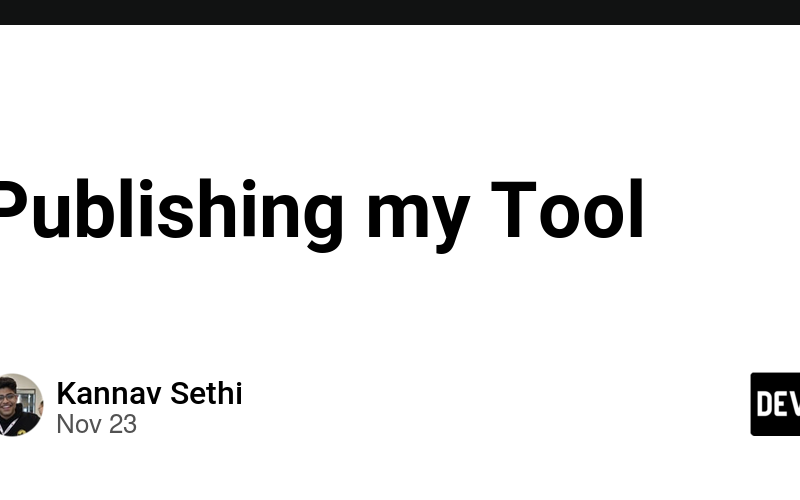23
Nov
arXiv:2411.13716v1 Announce Type: new Abstract: Gait analysis using computer vision is an emerging field in AI, offering clinicians an objective, multi-feature approach to analyse complex movements. Despite its promise, current applications using RGB video data alone are limited in measuring clinically relevant spatial and temporal kinematics and establishing normative parameters essential for identifying movement abnormalities within a gait cycle. This paper presents a data-driven method using RGB video data and 2D human pose estimation for developing normative kinematic gait parameters. By analysing joint angles, an established kinematic measure in biomechanics and clinical practice, we aim to enhance gait analysis capabilities…





